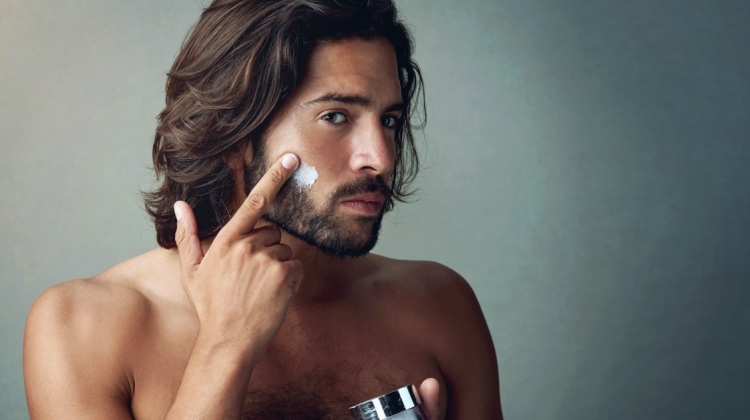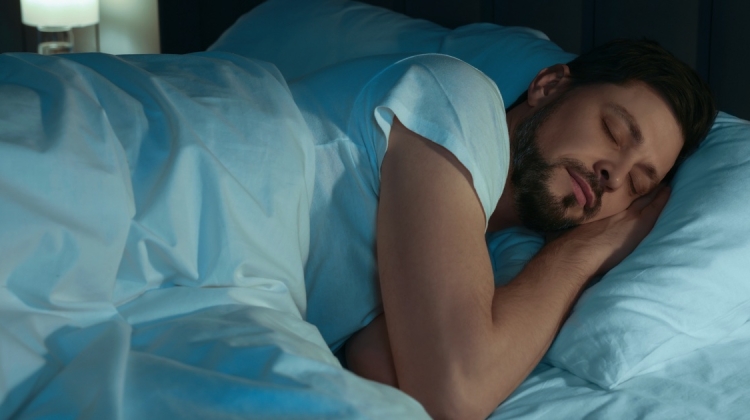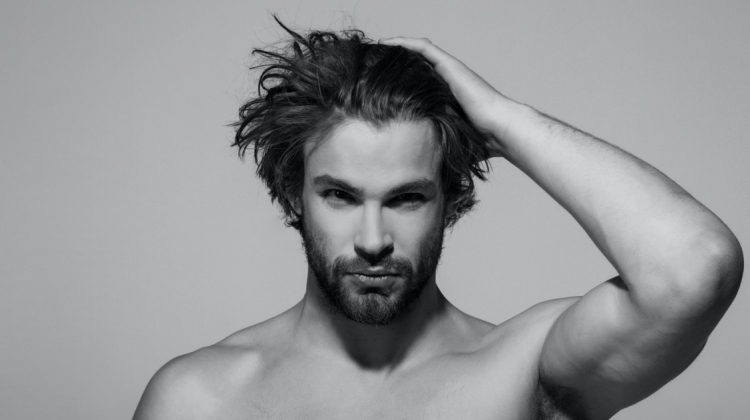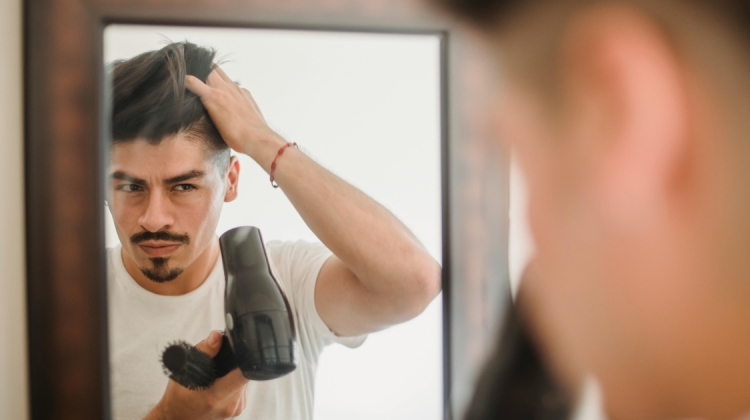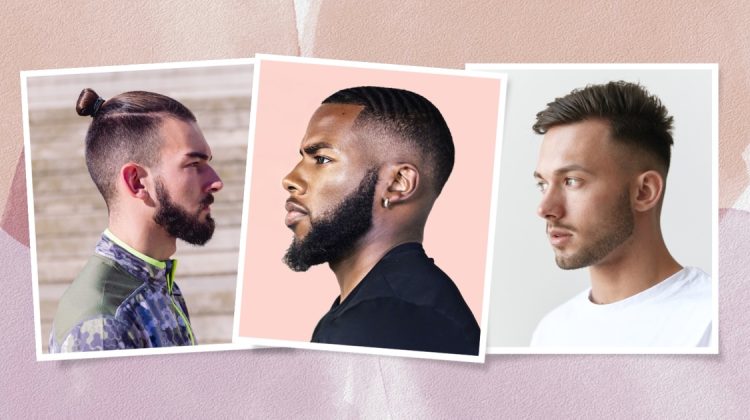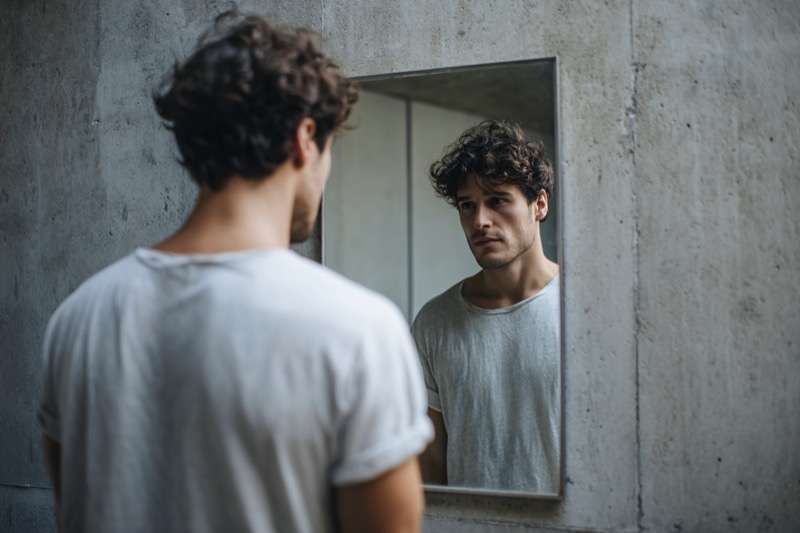
The conversation about beauty standards rarely makes space for men. Public discourse centers on the impossible expectations placed on women, creating a cultural assumption that men navigate life with less scrutiny over their appearance. This focus produces a blind spot where male looks are framed as effortless, natural, or somehow exempt from the pressures tied to physical appearance.
Look closely at how men carry themselves and a different picture forms. Quiet rules guide how they are expected to look, dress, train, and age. These rules sit under the surface, yet they shape confidence, self-comparison, and daily behavior with surprising force. The pressure rarely gets named, which is why it settles in so easily and becomes a source of anxiety many men feel but never articulate.
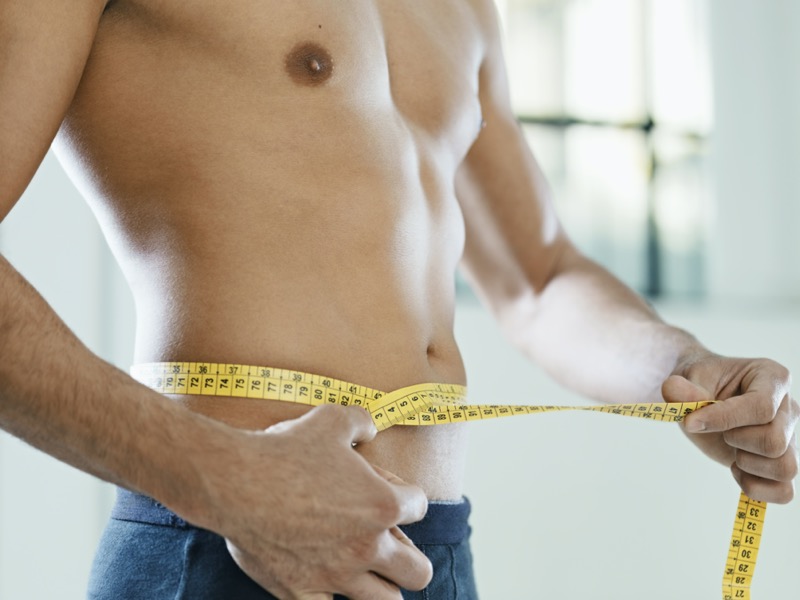
Science confirms what the silence obscures. Studies show that roughly a third of men feel anxious about their weight, while more than eighty percent express dissatisfaction with their muscularity. Those numbers reveal concerns about appearance that cut far deeper than the culture tends to admit.
What makes this gap so striking is the selectivity of the conversation. Male mental health has gained visibility in recent years. Big Hollywood names like Will Poulter have spoken openly about their struggles, yet the dialogue rarely extends to the pressures tied to body image. The core issues sit in plain sight, but they pass through public discourse with barely a trace.
How Beauty Standards Affect Men
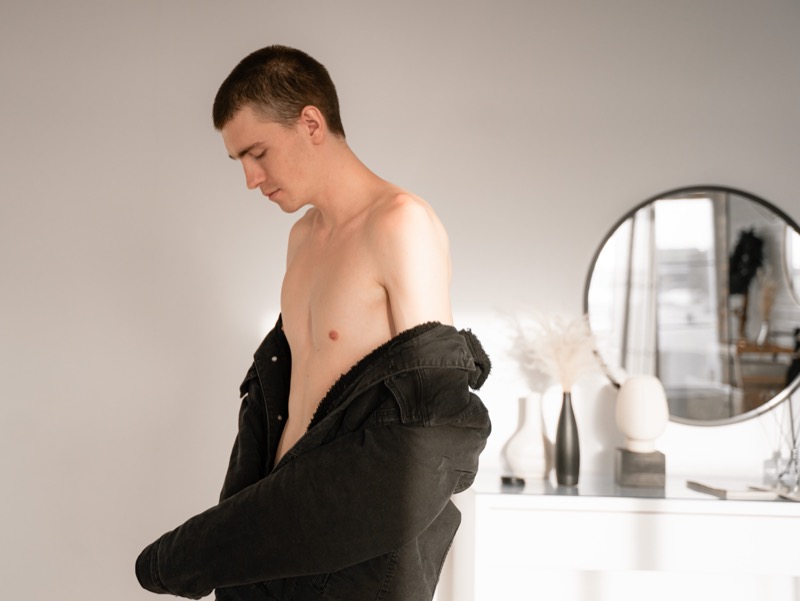
Everyone understands how heavily women have been judged across history. Standards swing from thinner frames to curvier silhouettes to more athletic builds, often in rapid succession. That constant shift leaves little room for stability, making it clear how difficult it is to grow up feeling grounded in your own skin when the goalposts never stay in one place.
Many men move through a similar experience, though few realize it. Plenty have sought mental health counseling for anxiety or depression tied to the feeling that they fall short of body ideals placed on them. The pressure is less openly discussed than the standards directed at women, but the impact is real. A few patterns stand out.
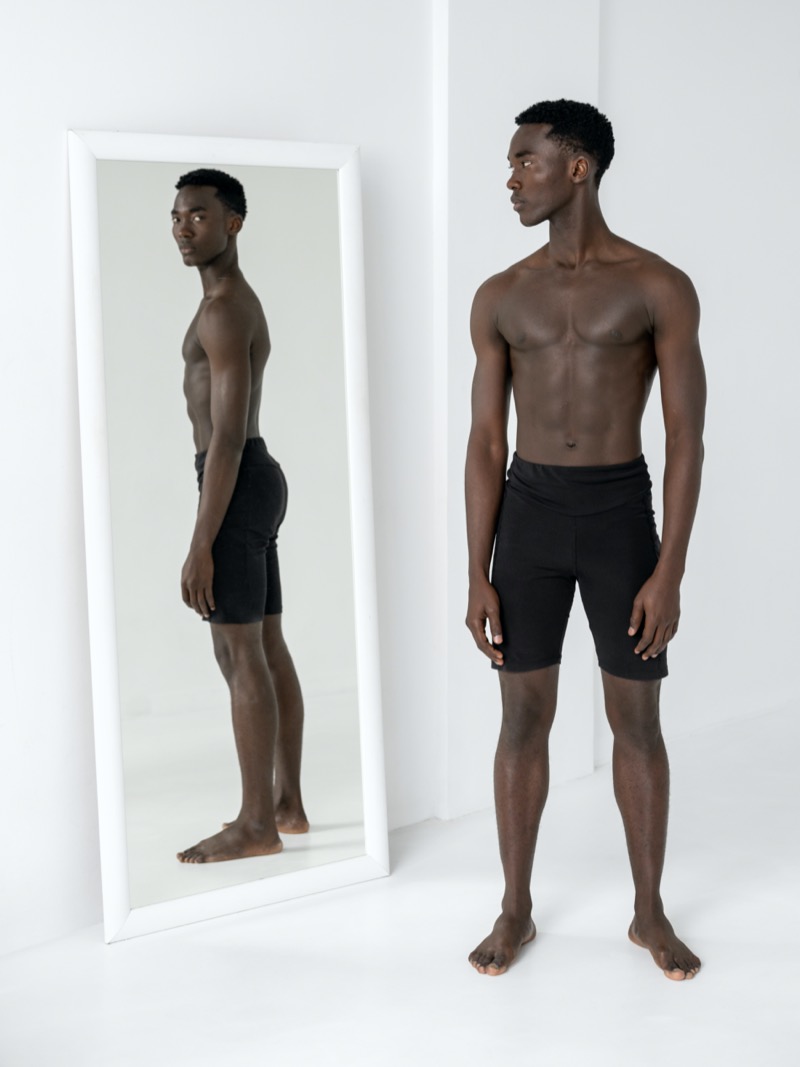
Men are presented in film, advertising, and sports as uniformly muscular, leaving anyone without a six-pack or broad shoulders feeling exposed. Hair loss carries its own sting, fed by a bias that treats a full head of hair as the default marker of appeal.
Even within friend groups, jokes about thinning hair land harder than most people admit. Clothing adds another layer, where the expectation to dress a certain way creates small but steady reminders of how closely men are watched.
The last point may feel lighter, but the first two cut deep when it comes to mental health. They shape how men view themselves long before the pressure ever gets named.
Striving for the “Superhero” Body
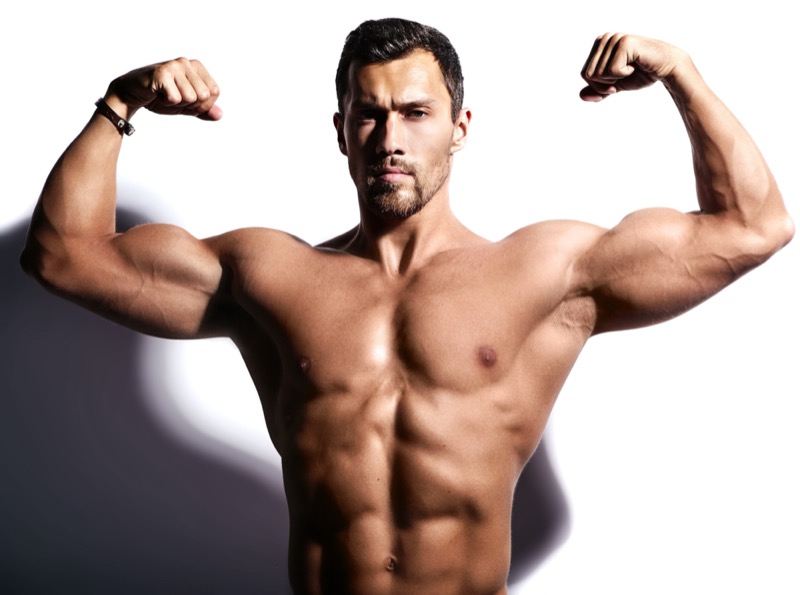
Men have long been cast as the muscular hero across film, television, and advertising. Two shifts in recent decades pushed that image even further into the mainstream: the boom of fitness influencers and the rise of superhero blockbusters. Both sharpened the idea that a man should be built a certain way.
Fitness influencers have reshaped how men see themselves, often destructively. Even when the message aims for balance, the feed tells a different story. Scroll through Instagram and the pattern emerges quickly.
Photo after photo shows men with extraordinary physiques, bodies shaped by genetics, rigorous training, or enhancement, yet presented as everyday goals. The constant exposure erodes confidence, especially when the comments overflow with admiration. It trains men to believe that muscularity equals appeal, and that anything less falls beneath the standard.

British GQ once traced the rise of the mega-stacked superhero body, and the point still holds. Earlier generations of heroes looked relatively ordinary. Today even someone like Tom Holland is expected to appear visibly ripped, despite spending most of his screen time in a full suit.
The superhero boom pushed that ideal everywhere. Magazine covers, promotional shoots, and obligatory shirtless scenes all reinforced the idea that this physique represents the baseline for male bodies.
What makes it complicated is that building muscle can be healthy and rewarding. The issue lies in the scale of the imagery. The relentless focus on extreme physiques, whether through influencers or blockbuster franchises, has created a generation of men who feel unsettled by their own reflection. The pressure to match those bodies sits beneath the surface and fuels anxiety that grows quietly but steadily.
Hair Loss & Mental Health

Baldness is not always presented negatively in the media, yet among younger men it carries a clear sense of dread. The fear of losing hair feels immediate for millions, and casual jokes only amplify the anxiety. Friends tease each other about hairlines without considering the weight those comments carry. What seems harmless on the surface often lands in a deeper place.
That worry becomes a steady drain on mental health. Men spend long stretches trying to style around a receding line, checking mirrors, and thinking through every angle in photos. The concern follows them throughout the day. All of it stems from a larger belief that a man must look a certain way to be considered appealing. That idea tightens the pressure and turns something natural into a source of constant stress.
Changing Perceptions About Male Beauty Standards
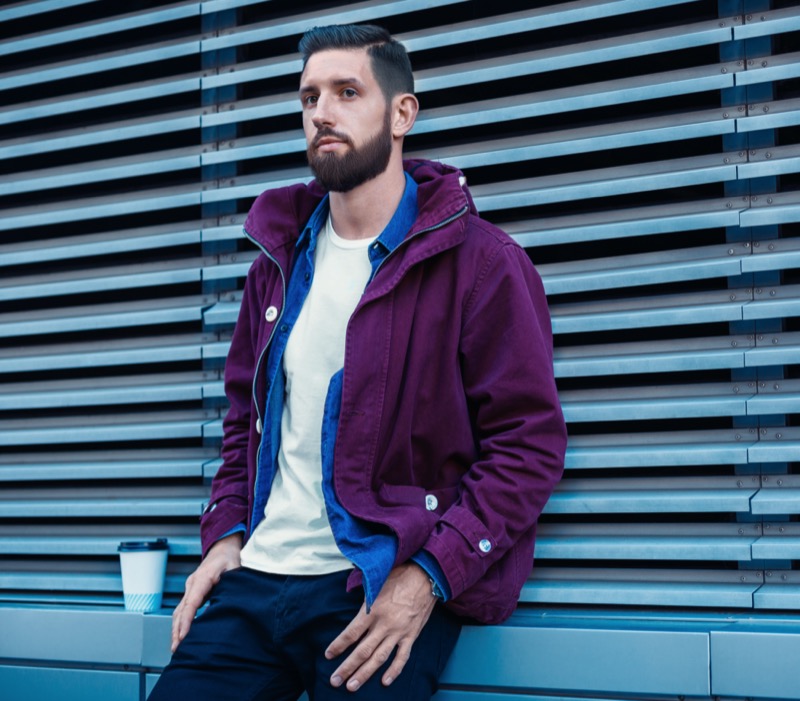
There has to be a shift in how people understand male beauty standards. The first step is acknowledging the scale of their impact. Millions of men carry stress tied to how they look, and the relentless promotion of one ideal body intensifies that pressure.
The same dynamic affects women, which is why broader representation helps everyone. Showing different builds, ages, and appearances creates space for people to see themselves without feeling like they fall short of a single mold.
Men also need permission to step away from the superhero physique that dominates film and social media, and that change depends on the culture surrounding them. The expectations placed on male bodies have fueled anxiety for years, operating out of sight while shaping confidence and behavior. It is time to bring those standards into the open and move toward something healthier.
